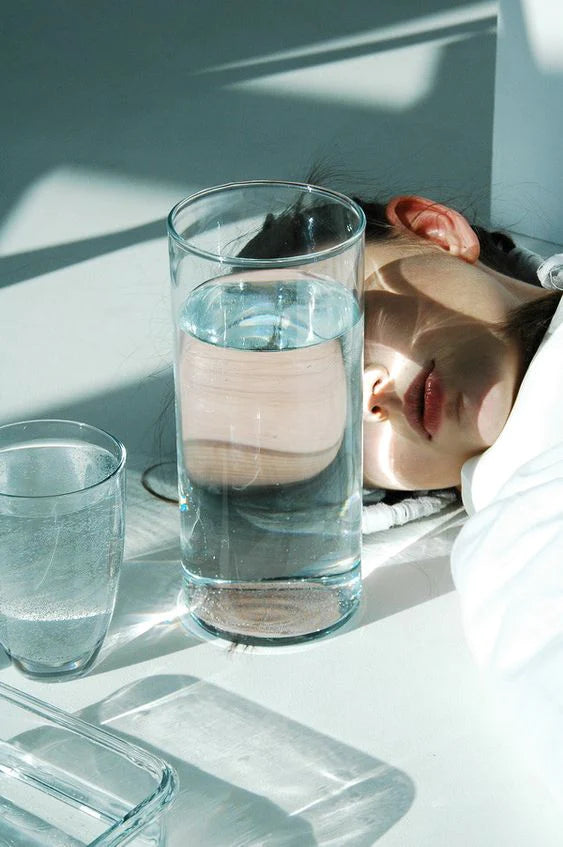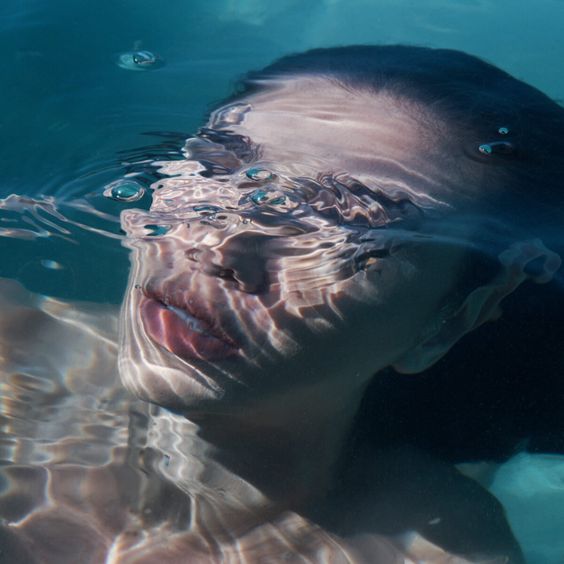Now, you may wonder, what's the issue with the conventional wisdom on hydration? Let us introduce you to this groundbreaking new perspective on the matter.

Dr. Gerald Pollack, an esteemed researcher and author of the book "The Fourth Phase of Water: Beyond Solid, Liquid, and Vapor," has made significant contributions to our understanding of water. He is the founder of the scientific journal "Water" and leads a prominent water science and technology research center in Seattle.
Professor Pollack's groundbreaking work takes readers on a fascinating journey into the world of water, revealing a hidden universe brimming with remarkable physical activity. His findings offer surprisingly simple answers that anyone with curiosity can grasp. Through extensive studies and experiments, he has unveiled a much more intricate picture of human hydration than we previously believed.
In light of his research, it has become evident that human hydration is far more complex than the conventional notion of drinking a fixed number of glasses of water each day.
"Have you ever heard about gel water? The beauty ingredient you must know"

Dr. Gerald Pollack's essay challenges long-held dogmas and sheds light on the importance of gel water, a type of water found in certain vegetables, chia seeds, aloe water, cacti water, and other plant foods.
Gel water constitutes over 90 percent of the water in our bodies. Unlike regular H2O, gel water is denser and has a silky texture due to its extra hydrogen and oxygen atoms. It also carries an electrical charge, creating a highly conductive molecular structure that generates electricity as hydrogen atoms move between molecules.
Notably, human joints, collagen, and cell fluids are abundant in gel water. Dr. Pollack's theory suggests that increasing gel water intake may contribute to better skin, hair, joint health, and overall hydration.
Electrolytes play a crucial role in turning water into a gel-like form in our bodies. Water itself is a polar molecule, which means it has a positive and negative end, making it a good solvent for ions. Electrolytes are minerals that dissociate into ions (charged particles) when dissolved in water.
The most common electrolytes in our bodies are sodium, potassium, calcium, magnesium, chloride, bicarbonate, and phosphate. These ions carry an electrical charge and are vital for various physiological processes, including nerve signaling, muscle contractions, and maintaining fluid balance. When you consume water along with foods that contain electrolytes, these ions get dissolved in the water, turning it into a gel-like substance due to the formation of hydrated clusters. This gel water has a more structured and ordered molecular arrangement, different from regular bulk water.
The presence of these charged particles (electrolytes) allows for hydrogen bonding between water molecules, creating a more organized and stable structure. This gel water has increased viscosity and acts as a better conductor of electricity, facilitating various biochemical reactions in the body. The gel water formed with the help of electrolytes has implications for the hydration and functioning of our cells and tissues. It can enhance nutrient delivery to cells and support the maintenance of healthy joints, skin, and other tissues with high gel water content.
In summary, electrolytes act as electric conductors, helping to turn regular water into gel-like structured water with improved properties for cellular function and overall hydration in our bodies.
Unleash the potential of electrolytes!
Elevate your hydration with our advanced electrolyte supplement - the key to a healthier, more energized you!
Hello Wrinkles 3.0
Unleash the Power of Nature's Elixir. Get ready to radiate youthful magic.








